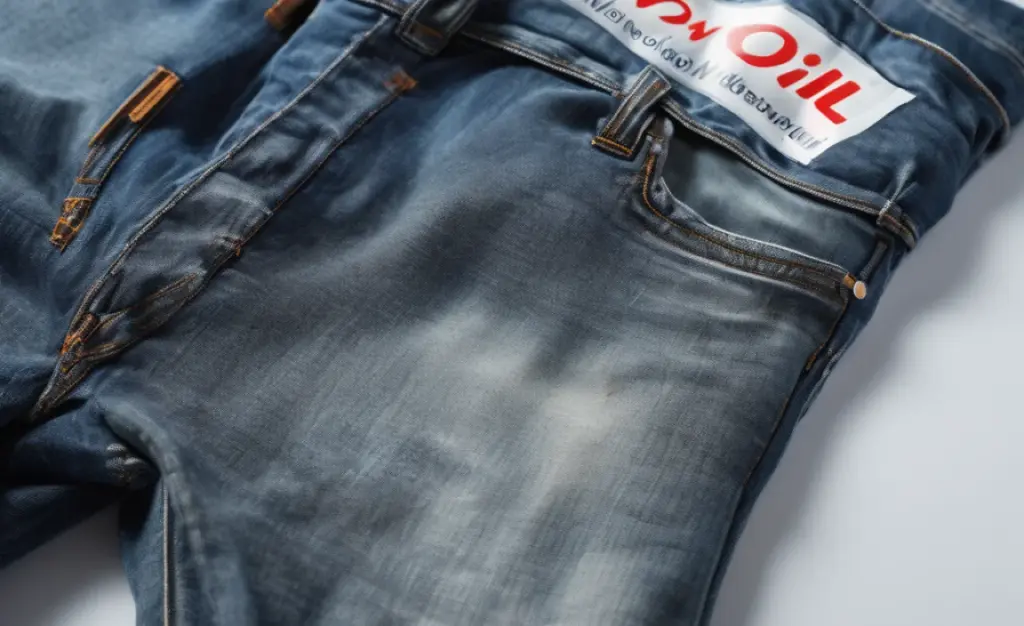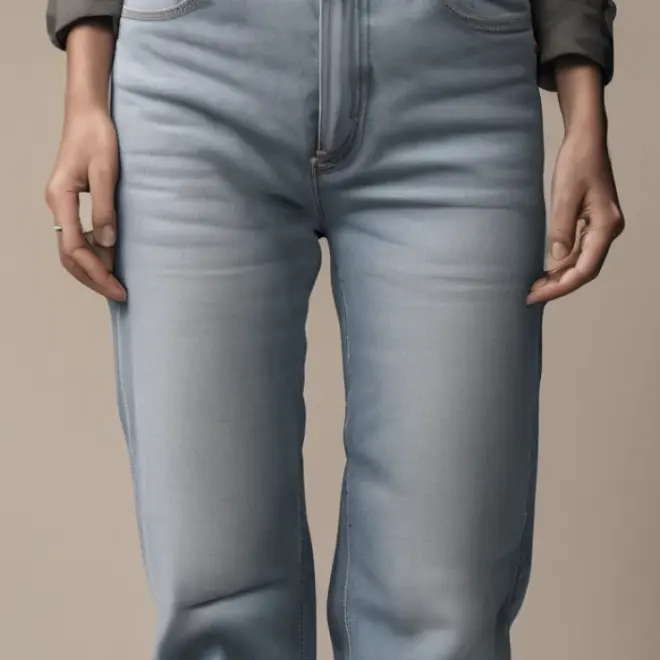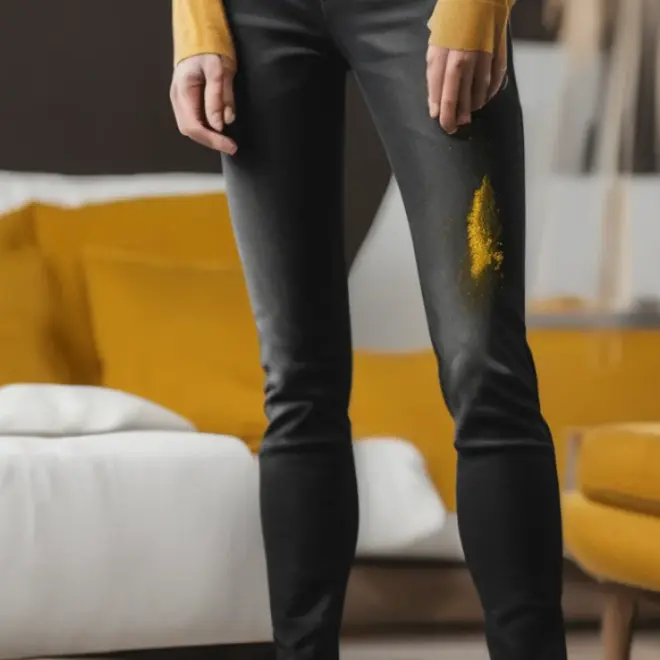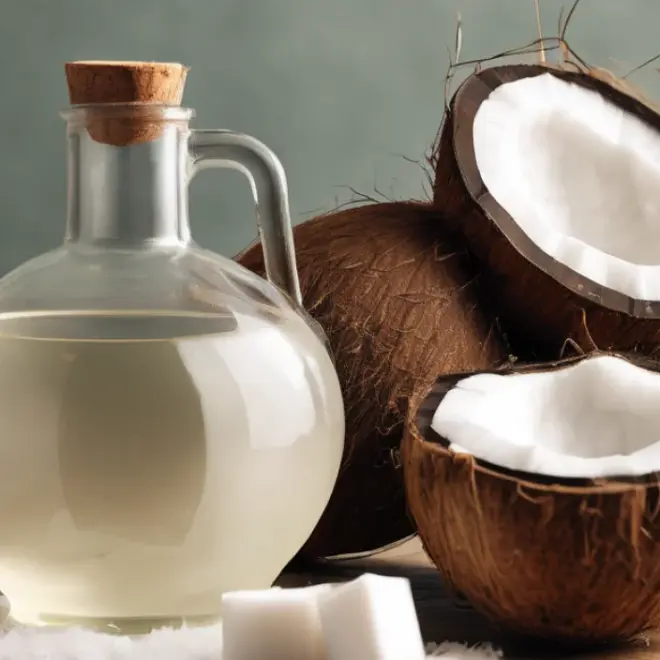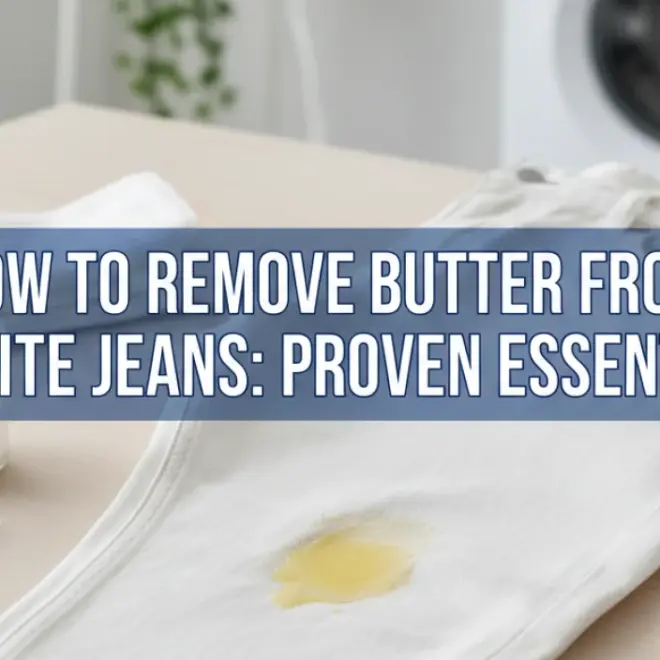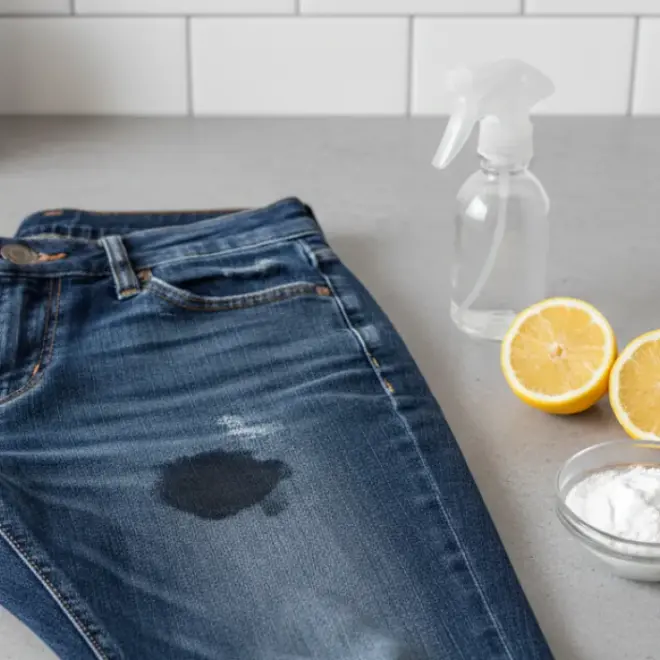Trying to remove motor oil from light wash jeans? Act fast! The best proven method involves pre-treating the stain with a degreasing dish soap, then washing them on a warm cycle. This approach is highly effective without causing damage, getting your favorite light jeans back to looking great.
How to Easily Remove Motor Oil from Light Wash Jeans: A Proven Method
Motor oil stains on light wash jeans can feel like a disaster. That dark, greasy mark looks stubborn, and you might worry your jeans are ruined. But don’t despair! With the right approach, you can effectively tackle these tough stains and restore your jeans. This guide provides a straightforward, step-by-step method that’s easy for anyone to follow, even if you’ve never dealt with an oil stain before. We’ll walk you through exactly what you need and how to use it to get those light wash jeans looking like new again. Let’s get started on making that stain disappear!
Understanding Motor Oil Stains on Fabric
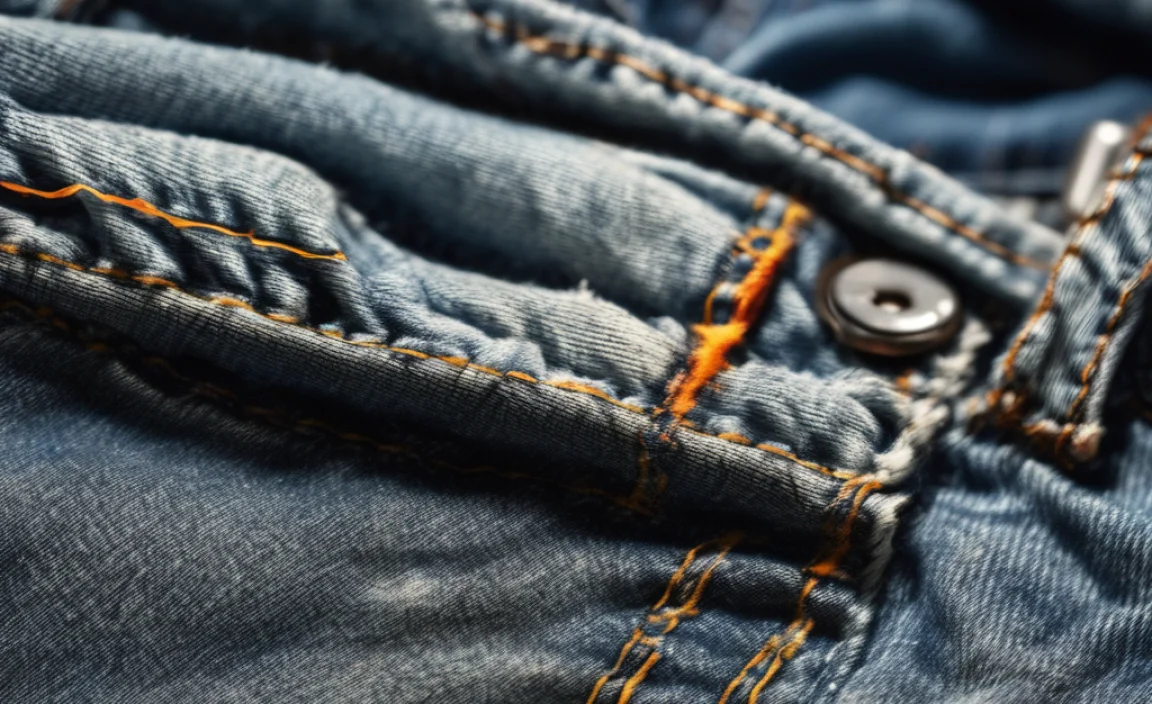
Motor oil is a petroleum-based lubricant. Its composition makes it challenging to remove because it’s designed to resist water and cling to surfaces. When oil comes into contact with fabric fibers, it penetrates them, creating a deep, dark stain. Light wash jeans are particularly susceptible because their lighter color offers less camouflage for the oil, making the stain more visible.
The key to removing motor oil is to break down the oil molecules so they can be lifted from the fabric. This usually requires a cleaning agent with strong degreasing properties. Acting quickly is crucial; the longer the oil sits in the fibers, the harder it will be to remove.
What You’ll Need: Your Stain-Fighting Toolkit
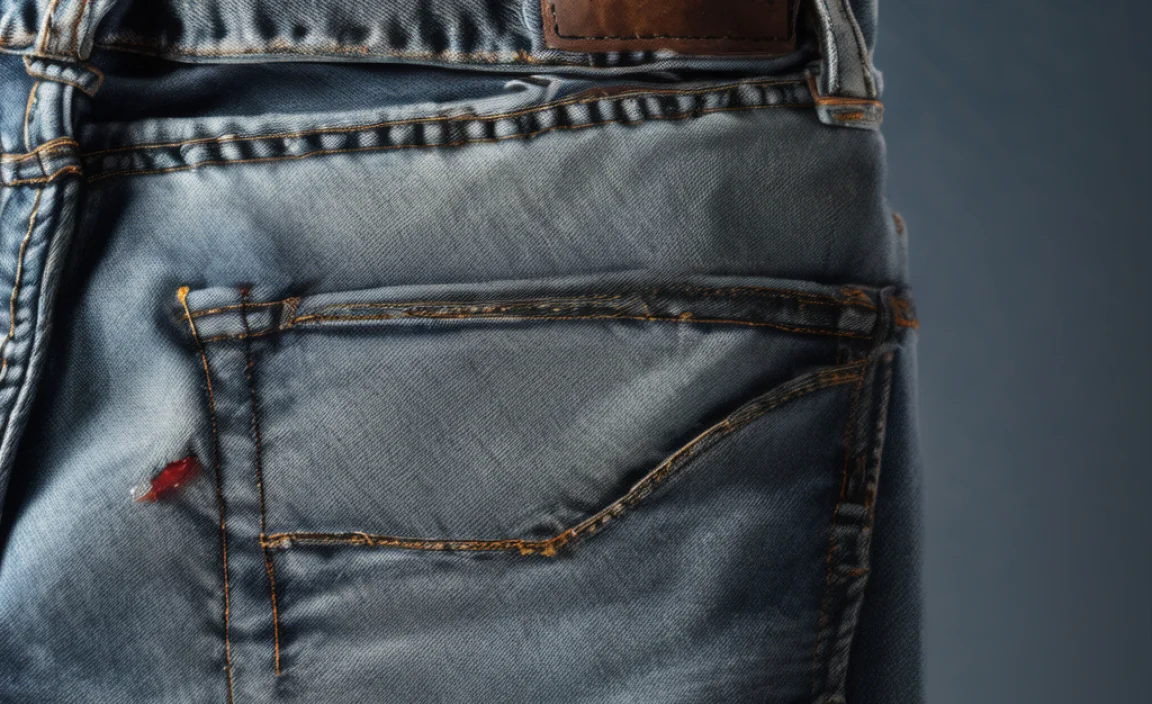
Gathering the right supplies before you start makes the entire process much smoother. Here’s what you’ll want on hand to effectively tackle motor oil stains on your light wash jeans:
- Dish Soap (Degreasing Type): A liquid dish soap, especially one formulated for cutting through grease, is your primary stain remover. Look for brands known for their degreasing power.
- Clean Cloths or Paper Towels: You’ll need these for blotting and applying the cleaner.
- Soft Bristle Brush: An old toothbrush or a soft laundry brush is perfect for gently working the cleaner into the stain.
- Baking Soda or Cornstarch: These powders can help absorb excess oil before washing.
- Laundry Detergent: Your regular laundry detergent for the wash cycle.
- Cold Water: For initial rinsing and blotting.
- Optional: Stain Remover Spray: A pre-wash stain remover can offer an extra layer of cleaning power.
- Optional: Rubbing Alcohol: Can be useful for tougher, older stains as a pre-treatment.
The Proven Step-by-Step Method for Removing Motor Oil
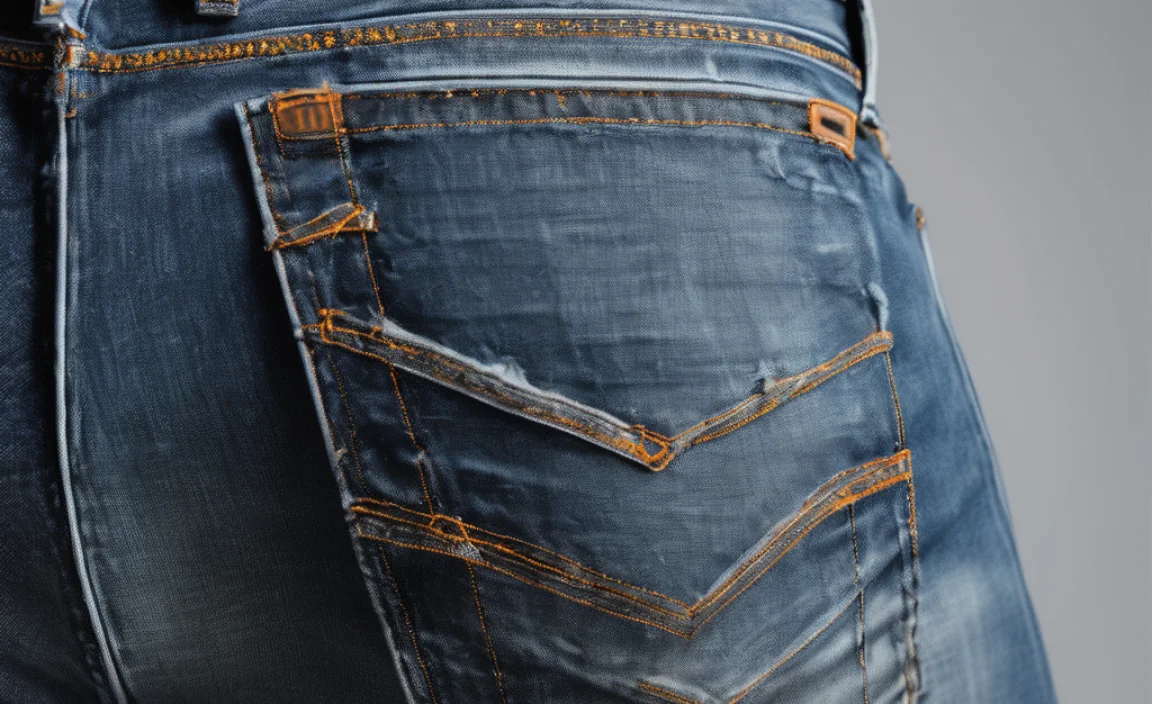
This method combines absorption, pre-treatment, and washing to effectively lift motor oil. It’s designed to be gentle on light wash denim while being tough on the stain.
Step 1: Act Immediately and Absorb Excess Oil
The sooner you address the stain, the better your chances of complete removal. If the oil is still wet, resist the urge to rub it, as this can spread the stain further into the fabric. Instead, gently blot up as much excess oil as possible with a clean cloth or paper towel.
Once you’ve blotted, your next step is to absorb any remaining surface oil. Generously sprinkle one of the absorbent powders onto the affected area. Ensure the powder completely covers the stained spot.
- Baking Soda: Excellent for absorbing grease.
- Cornstarch: Another highly absorbent option.
- Talcum Powder: Can also work in a pinch.
Let the powder sit on the stain for at least 30 minutes, or ideally, for a few hours. The powder will draw the oil out of the denim fibers. You’ll see it clump and change color as it absorbs the oil. After the powder has done its work, gently brush or scrape it off. Use a spoon or the edge of a credit card for scraping, then brush away residue with your soft bristle brush.
Step 2: Pre-Treat with Dish Soap
Now it’s time for the degreasing power of dish soap. Apply a generous amount of liquid dish soap directly onto the remaining oil stain. Ensure the entire stained area is covered. Gently work the soap into the fabric using your fingers or the soft bristle brush. Be methodical, making sure you get the soap into the denim fibers where the oil has penetrated. You’ll want to create a bit of a lather.
Let the dish soap sit on the stain for at least 15-30 minutes. This dwell time allows the degreasers in the soap to break down the oil molecules effectively.
Step 3: Rinse with Cold Water
After the dish soap has had time to work, rinse the treated area thoroughly with cold water. You can do this under a faucet or by holding the stained section under running water. The cold water helps to flush away the loosened oil and the dish soap without setting the stain further, which warm water might do at this stage.
As you rinse, you should notice the stain starting to fade. Gently rub the fabric together under the water flow to help dislodge any remaining oil residue.
Step 4: Apply Laundry Detergent or Stain Remover
Once rinsed, apply your regular liquid laundry detergent directly to the still-damp stain area. Use a small amount and work it in gently with your brush or fingers. Alternatively, you can use a commercial pre-wash stain remover spray, following the product’s instructions for application and dwell time. These can be particularly effective for older or more resistant stains.
A helpful tip from fabric care experts at the School of Government suggests treating stains promptly and using appropriate products for the specific type of stain and fabric. For oil stains, degreasing agents are key.
Step 5: Wash as Usual (with a Twist)
Now it’s time to wash your jeans. Check the care label on your jeans to ensure you wash them according to the manufacturer’s recommendations regarding water temperature and cycle. For light wash jeans with motor oil stains, it’s generally best to wash them in warm water. Warm water helps to further break down any remaining oil, while still being gentle enough for most denim.
Add your regular laundry detergent to the washing machine. If you have a particularly stubborn stain that you’ve pre-treated, you might consider adding a laundry booster or an oxygen-based bleach (safe for colors) to the wash cycle for extra cleaning power. However, always test in an inconspicuous area first.
Step 6: Inspect Before Drying
This is a critical step! After the wash cycle is complete, do not put your jeans in the dryer until you are absolutely sure the stain is gone. The heat from the dryer will permanently set any remaining oil stain, making it virtually impossible to remove later.
Carefully inspect the previously stained area in good light. If you can still see any trace of the oil stain, repeat steps 2 through 5. You may need to do a couple of rounds of pre-treatment and washing for very stubborn stains.
Step 7: Dry When Stain-Free
Once you are satisfied that the stain has been completely removed, you can dry your jeans as usual. It’s often recommended to air dry them the first time after a tough stain treatment, just to be extra cautious and to avoid any potential heat setting. However, if you’re confident the stain is out, you can use your dryer on a medium or low heat setting.
Alternative Methods and Tips for Stubborn Stains
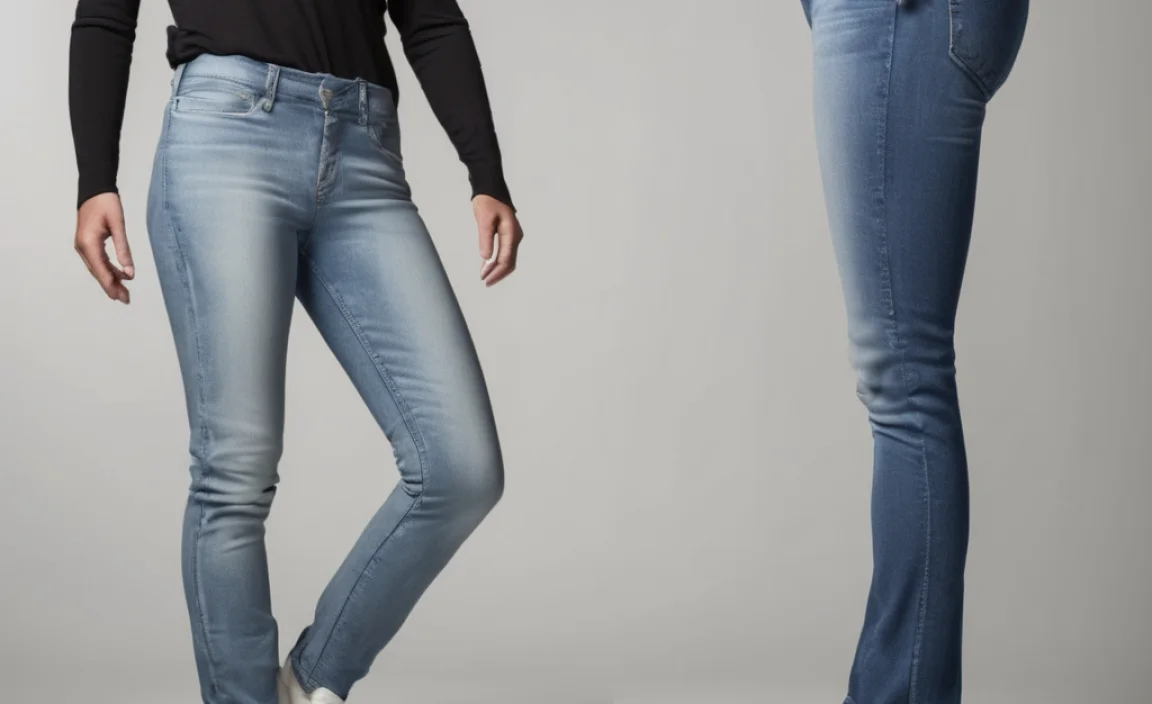
Sometimes, motor oil stains are more challenging. Here are a few alternative approaches and extra tips:
Using Rubbing Alcohol
For older or heavier oil stains, rubbing alcohol (isopropyl alcohol) can be a highly effective pre-treatment. It acts as a solvent to break down the oil. Apply rubbing alcohol to a clean cloth and dab it onto the stain. Let it sit for a few minutes, then proceed with the dish soap pre-treatment (Step 2).
Commercial Stain Removers
There are many commercial stain removers specifically designed for grease and oil stains. Brands like Shout, OxiClean, or Resolve offer products that can be very effective. Always follow the product instructions carefully and test on an inconspicuous area of the jeans first. Some are sprays, while others are pastes.
Enzyme-Based Cleaners
Enzyme cleaners are excellent at breaking down organic matter, including oily substances. Look for laundry pre-treatments or detergents that list enzymes as an active ingredient. They work by digesting the stain components.
The Importance of Testing
Before applying any new cleaning product or method to a visible part of your light wash jeans, always test it on an inside seam or a small, hidden area. This helps ensure that the product doesn’t cause discoloration or damage to the fabric, especially with delicate washes.
Why This Method Works for Light Wash Jeans
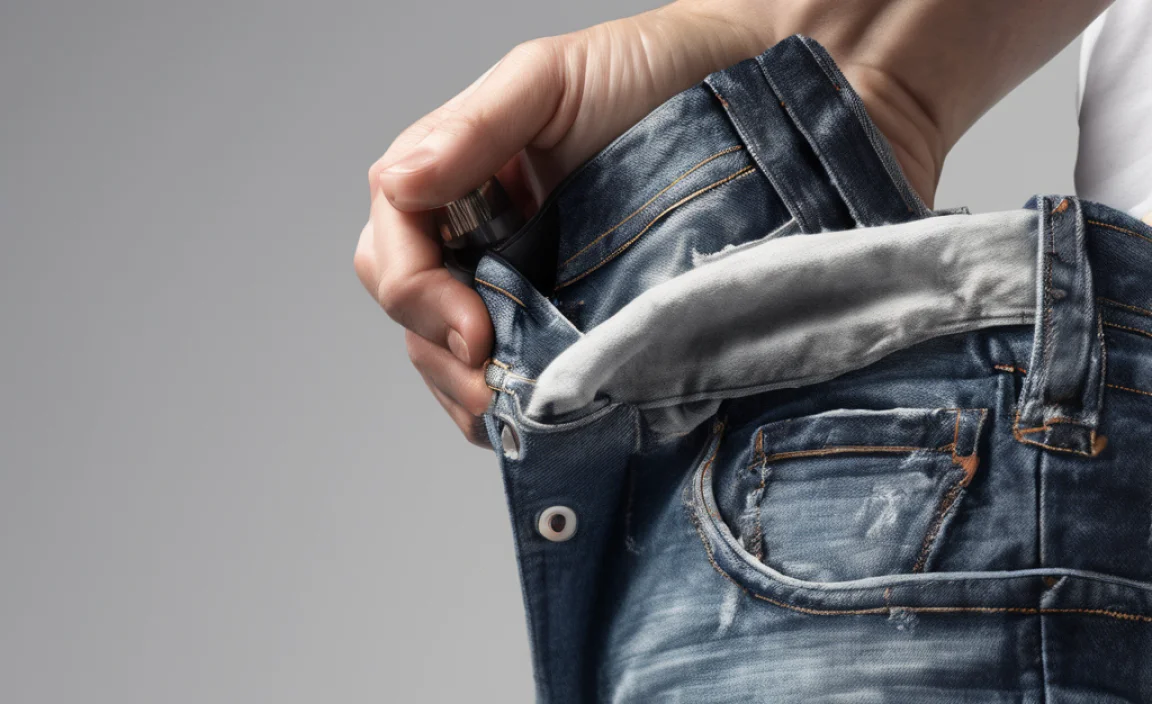
This method is effective for light wash jeans because it addresses the stain in multiple stages, tackling both the surface and the deeply penetrated oil.
- Absorption: Powders like baking soda and cornstarch draw out liquid oil, preventing it from spreading further.
- Degreasing: Dish soap is specifically formulated to break down fats and oils, making it ideal for motor oil.
- Solvent Action: Laundry detergent and optional commercial stain removers work to dissolve and lift the remaining oil molecules.
- Temperature Control: Using warm water during the wash helps loosen and remove the oil, while avoiding the dryer prevents permanent setting.
The careful progression from absorption to pre-treatment to washing ensures that the fabric is repeatedly exposed to effective cleaning agents without being subjected to harsh chemicals or excessive friction that could damage the lighter denim fibers.
Troubleshooting Common Issues
Even with the best methods, some stains can be tricky. Here’s how to handle common problems:
- Stain Won’t Budge: If the stain persists after the first attempt, don’t give up. Repeat the entire process, perhaps leaving the dish soap or stain remover on for a longer period. Consider the rubbing alcohol or enzyme cleaner options.
- Fabric Damage: If you notice any pilling or fading beyond the stain itself, you may have applied too much pressure with the brush or used a cleaning agent that’s too harsh. Always use a soft brush and follow product instructions.
- Oil Spreads: This usually happens if you rub the stain before applying an absorbent or cleaner. Gentle blotting and careful application are key to containment.
FAQ: Your Motor Oil Stain Questions Answered
Can I use hot water to remove motor oil?
It’s generally better to start with cold water for rinsing and blotting, then use warm water for the wash cycle. Hot water can sometimes set oil stains permanently into fabric fibers, making them much harder to remove.
How long can I wait to treat an oil stain?
The sooner you treat an oil stain, the easier it will be to remove. Ideally, treat it immediately. If you can’t, try to treat it within 12-24 hours for the best results. Older stains are more difficult but often still treatable.
Will dish soap damage my light wash jeans?
Most liquid dish soaps are safe for denim when used as a spot treatment. They are designed to cut grease without stripping color from most fabrics quickly. However, always test in an inconspicuous area first to be sure.
What if my jeans are dry clean only?
If your jeans are labeled “dry clean only,” it’s best to take them to a professional dry cleaner. Point out the motor oil stain specifically. They have specialized solvents and techniques to handle such stains without damaging the fabric.
Can I use bleach on motor oil stains?
Chlorine bleach is generally not recommended for motor oil stains, especially on colored or light-wash denim, as it can further damage the fibers or cause yellowing. An oxygen-based bleach, safely used on colors, might be considered as an addition to the wash cycle for stubborn stains, but always test first.
Is baking soda or cornstarch better for absorbing oil?
Both baking soda and cornstarch are excellent absorbents for oily stains. Baking soda has a slight advantage for some as it is also alkaline and can help break down the oil. However, either will be effective at drawing out excess liquid oil.
Preventing Future Motor Oil Stains
While accidents happen, you can take steps to minimize future oil stains on your favorite jeans:
- Wear an Apron: If you’re working on your car, doing home repairs, or any task involving potential oil exposure, wear a dedicated work apron.
- Change into Old Clothes: Keep a pair of old, designated work clothes for messy jobs.
- Be Mindful of Surfaces: When sitting or leaning, be aware of what you’re coming into contact with, especially if you’ve recently been around oil or grease.
A proactive approach can save your best jeans from becoming casualty to a greasy mishap. Understanding the nature of oil stains and having a reliable cleaning plan gives you the confidence to tackle them when they do occur.
Conclusion: Restoring Your Light Wash Jeans with Confidence
Dealing with a motor oil stain on light wash jeans can seem daunting, but it’s a challenge you can successfully meet with the right knowledge and a systematic approach. By acting quickly to absorb excess oil, pre-treating with a powerful degreaser like dish soap, and washing strategically, you can lift even stubborn stains without damaging your cherished denim. Remember the crucial step of inspecting before drying, and don’t hesitate to repeat the process if needed.
This proven method, combined with a bit of patience and armed with everyday household items, empowers you to restore your light wash jeans to their former glory. You can confidently wear your favorite denim knowing that you have a reliable solution for those inevitable greasy spills. Enjoy your stain-free jeans!


